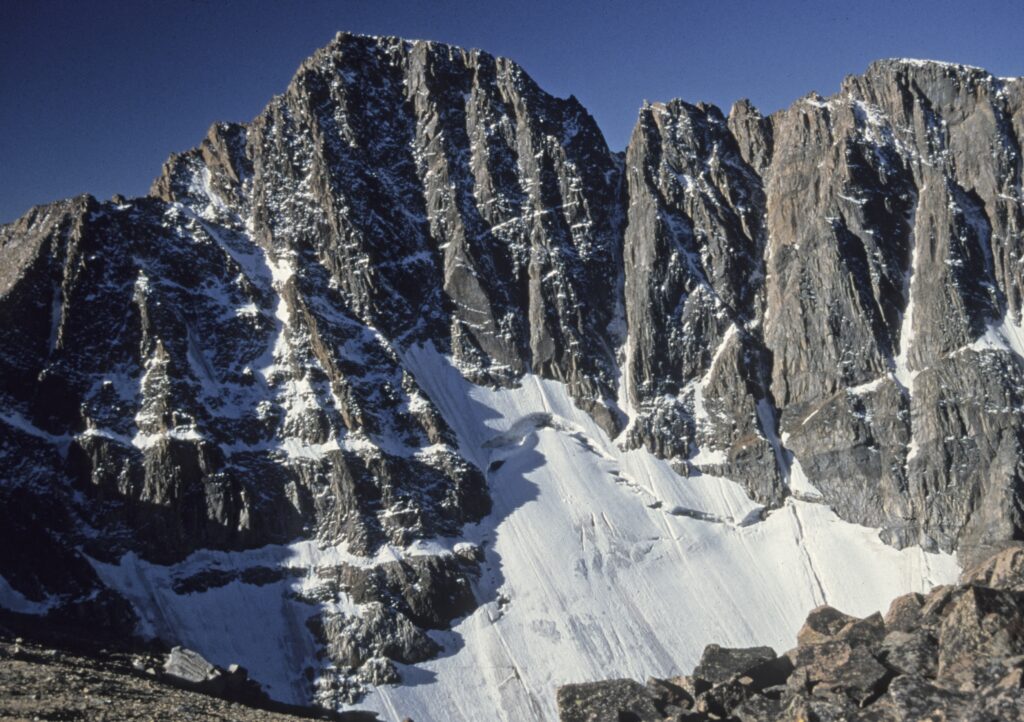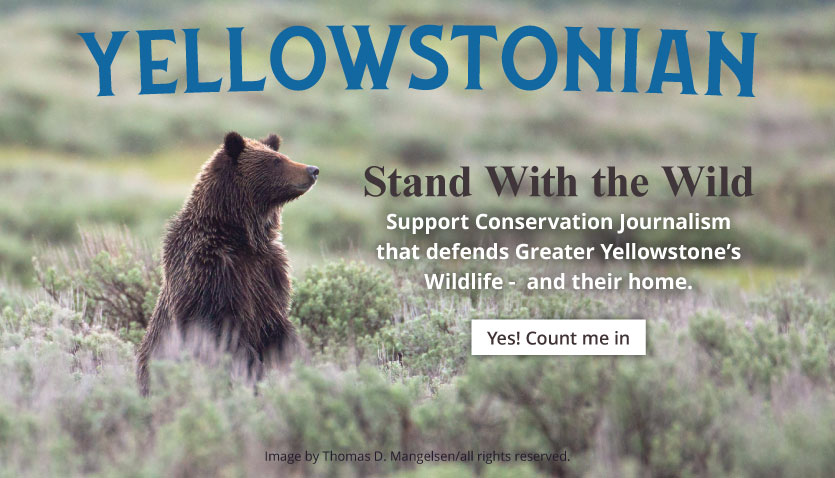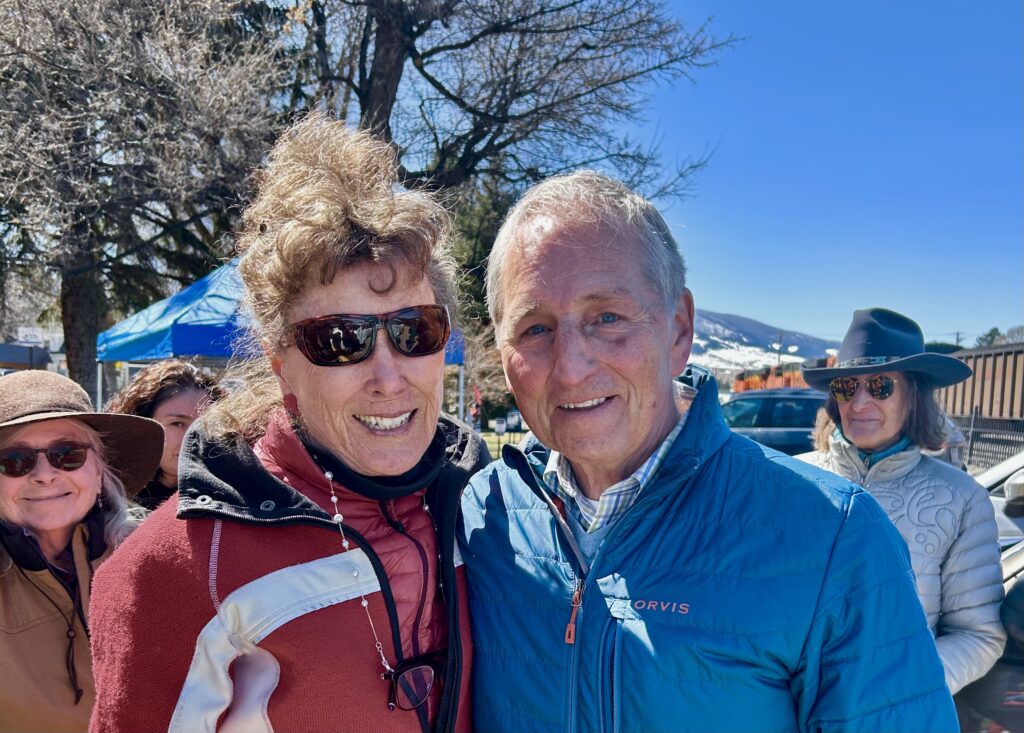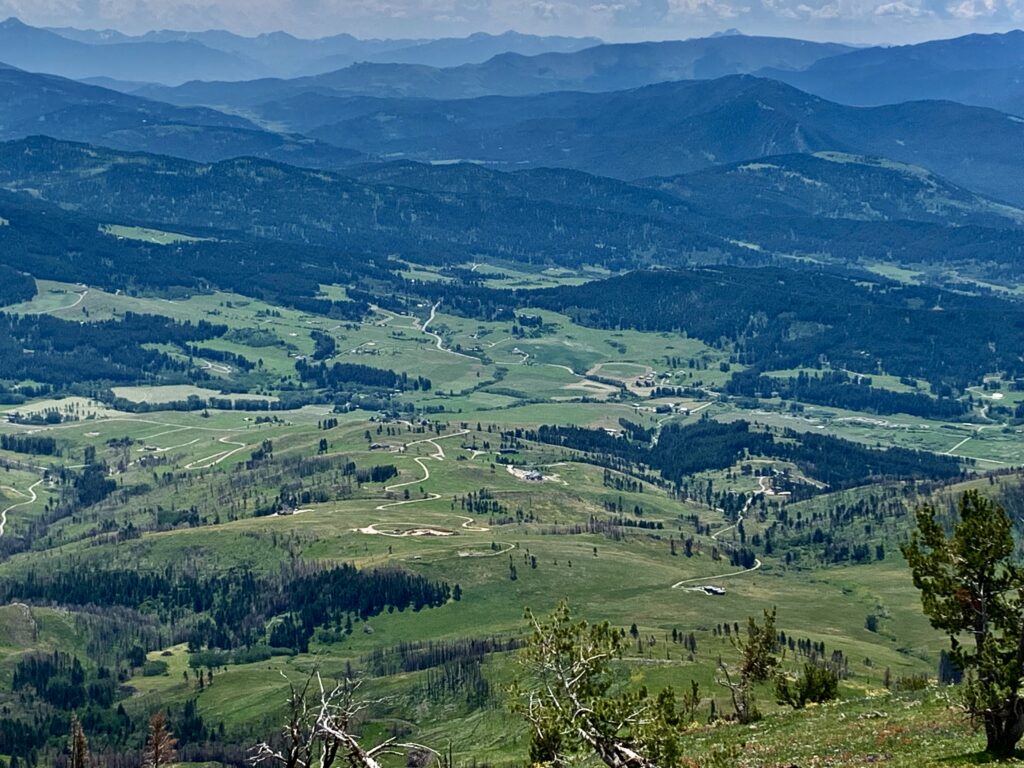Fun Facts. Greater Yellowstone comprises the converging borders of three states—Wyoming, Montana and Idaho.
Did you know the ecosystem is home to the highest peak in Wyoming and the highest peak in Montana? Both are located in federal wilderness lands managed by the US Forest Service.
Wyoming’s tallest summit, 13,810 foot Gannett, is located in the Wind River Mountains and the Bridger Wilderness of the Bridger-Teton National Forest along the border of Fremont and Sublette counties. It is the highest peak in the Lower 48 outside the Fourteeners of Colorado, Washington State and California is 35 feet or so taller than the better-known Grand Teton in the Teton Range towering over Jackson Hole in Wyoming and Teton Valley, Idaho.

Montana’s tallest summit, 12,799-foot Granite Peak, is in the Absaroka-Beartooth Wilderness of the Gallatin-Custer National Forest. While Park County claims it, Granite is also close to the borders of Stillwater and Carbon counties. (Note: some list its height as being eight feet taller or 12,807 feet above sea level). Of note is that in terms of difficulty reaching the top, Granite is considered the second most difficult to climb of any highest state points after Denali in Alaska. First photo is of Gannett; second is Granite.
Note: As with any outing in Greater Yellowstone, know where you’re headed. Climbing both of these peaks demands above average skills. Make sure you’re prepared and possess the fitness level required. If you’ve hiked either, tell us about it. A great reference for thinking about recreating in the mountains of Greater Yellowstone is Tom Turiano’s revised and expanded edition of Select Peaks of Greater Yellowstone.






